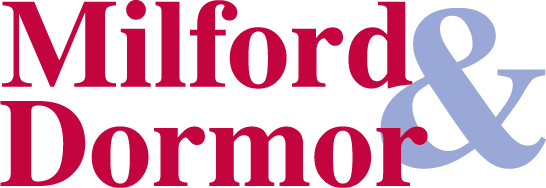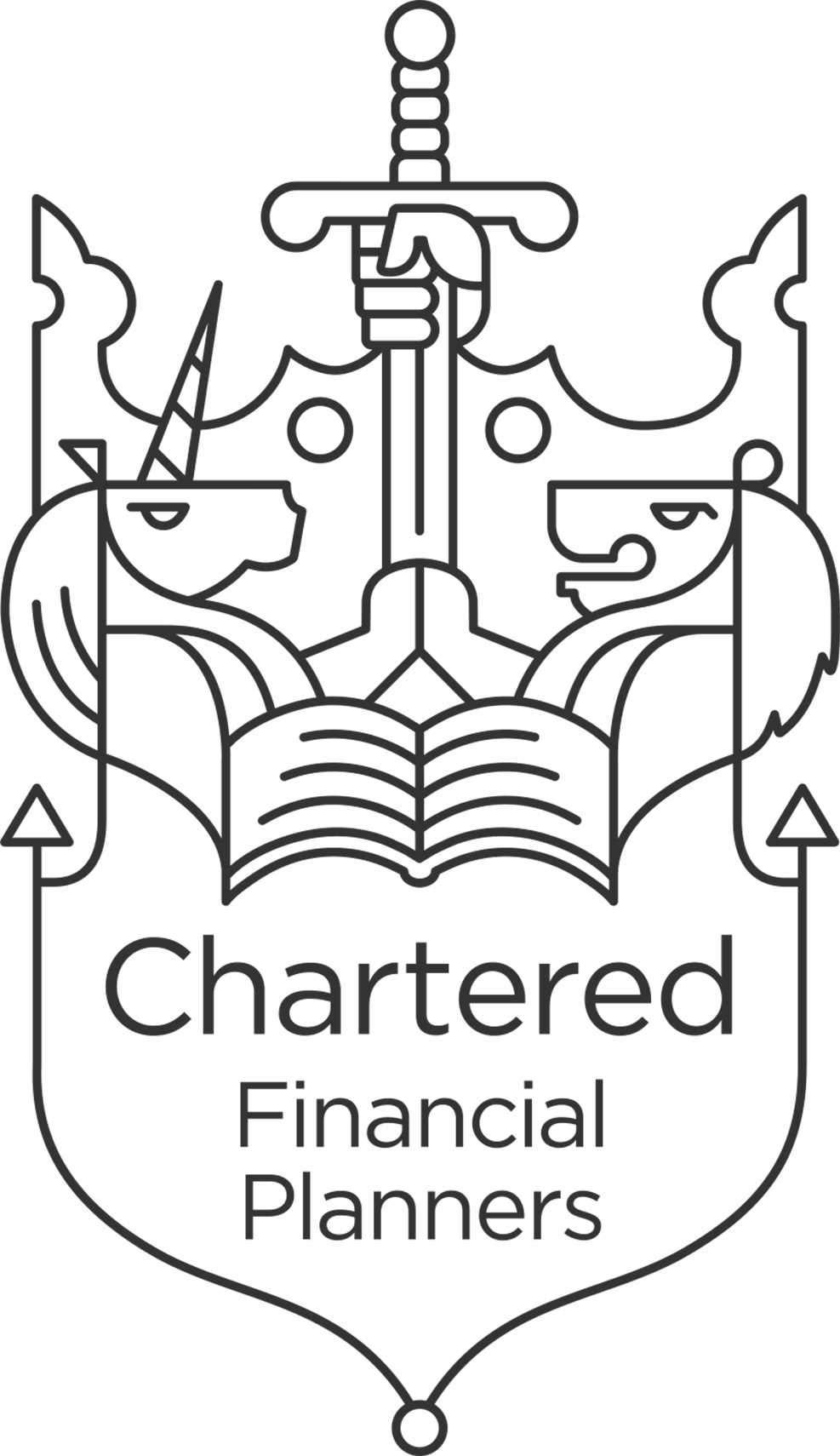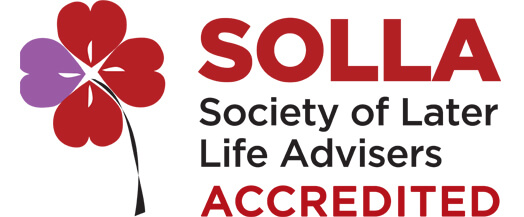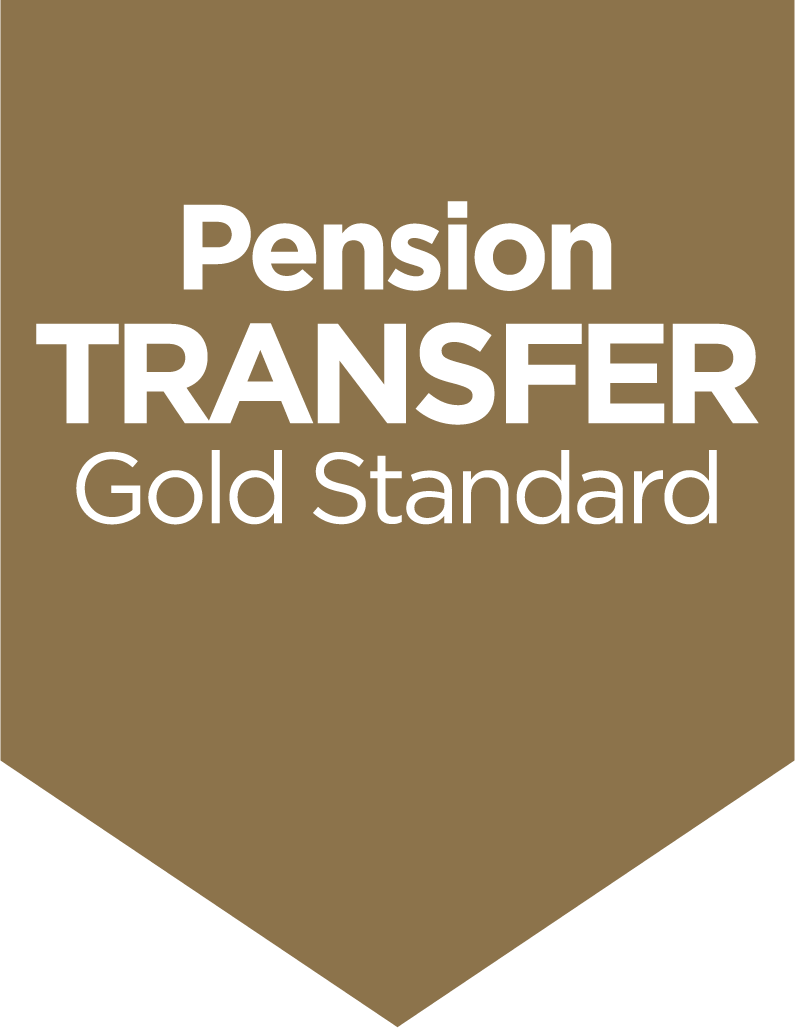The spring budget takes place on the 16 March in advance of the end of the tax year on 5 April. With government finances under pressure, there has been considerable speculation with regard to possible tax raising measures. Accordingly, the list below highlights some key areas for consideration before 16 March.
- ISA: ISAs grow free of income tax and CGT with a maximum annual limit of £15,240.
- JISA: JISAs grow free of income tax and CGT with a maximum annual limit of £4,080 for children.
- Pension contributions: Currently tax relief is given at an individual’s marginal rate of tax up to 45%, subject to the annual allowance of £40,000. For high earners, by using carry forward a pension contribution of up to £180,000 is potentially possible.
An individual loses the personal allowance with an income of over £100,000 – a pension contribution can achieve effective tax relief of 60% for high earners.
The annual allowance will be cut for clients earning over £150,000 from 6 April 2016. In addition, the government is currently reviewing pension tax relief and it is widely expected that it may be less generous in future.
- Salary/Bonus Sacrifice: Pensions can be boosted by an employee agreeing to sacrifice salary or a bonus in exchange for an employer making a pension contribution, this can result in significant NI savings for both employee and employer resulting in a larger pension pot without a corresponding reduction in net pay.
- Child Benefit: This is withdrawn for households with income in excess of £60,000, a pension contribution can be used to effectively reduce the highest earners income to below £50,000 and retain the child benefit, achieving an effective rate of tax relief of up to 65% for a family with three children.
- Pension protection for large funds: The pension lifetime allowance is set to fall to £1m from 6 April. Accordingly, individuals with large pension funds should review retirement planning and where appropriate elect for “fixed protection 2016” to lock in the current £1.25m lifetime allowance. Most importantly to secure this protection means that no further pension contributions are possible, so requiring a final contribution by 5 April. Alternatively, “individual protection 2016” is available for funds between £1m and £1.25m.
- Dividends: The tax regime for dividends is changing from 6 April. The dividend tax credit is being abolished and there will be a new £5,000 tax free band for individuals, with a new basic rate tax of 7.5% over this tax free band. The effect of this change is that individuals with significant income from dividends will pay 7.5% more tax in the future. Accordingly, business owners may wish to consider accelerating dividend payments to fall into the current tax year.
- CGT annual exemption: Individuals can make tax free gains of up to £11,100pa. Accordingly, individuals may wish to review investment portfolios with taking advantage of this tax free annual exemption. Where an individual wishes to repurchase an investment, it is necessary to either wait 30 days or repurchase in an ISA, pension or “bed and spouse”.
- Specialist investments for tax mitigation: For high net worth individuals with either a significant income tax bill or CGT liability may wish to consider specialist investments which qualify for EIS or VCT status. Whilst these carry higher levels of risk than more mainstream investments, as part of a diversified portfolio they can target significant tax relief over 3-5 years.
- IHT gift exemption: Up to £3,000 can be gifted each year exempt from IHT.
- Gift Aid: Charitable gifts can reduce a tax bill in a similar way to pension contributions. For a UK taxpayer a charity can reclaim basic rate tax at 20% on donations and a higher rate tax payer can claim higher rate relief via Self-Assessment.
- Division of income and gains between spouses: Investments and property can be transferred between spouses or civil partners on a no gain/no loss basis. This can help ensure that both spouses make maximum use of their personal allowance, CGT annual exemption and basic rate tax band, minimising the amount of tax payable at higher rate. In the case of bank interest and dividends this will also help ensure maximum use is made of the new £1,000 tax-free Personal Savings Allowance for bank interest (£500 for higher rate tax payers; nil for additional rate tax payers), and £5,000 tax-free Dividend Allowance from April 2016.
Please note, this article is for information only and does not constitute investment or tax advice. Past performance is not necessarily an indication of future returns; the value of investments and any income from them is not guaranteed and can fall as well as rise; pension rules and tax legislation are subject to change; we do not give tax advice. If you would like investment or pension advice on your individual circumstances, please do not hesitate to get in touch on 01392 875500 or info@SeabrookClark.co.uk







